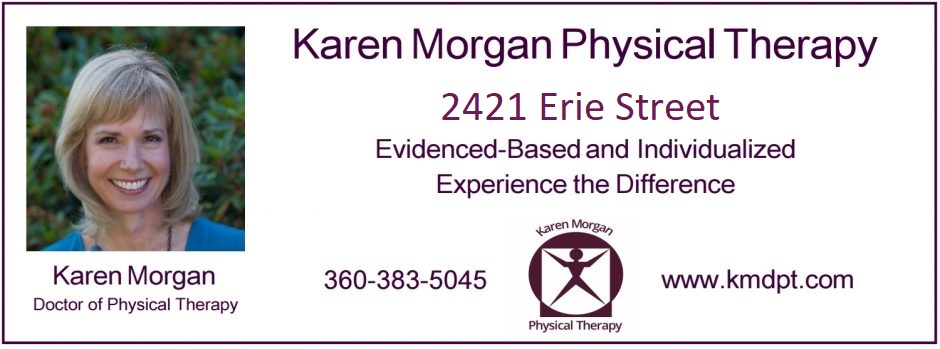March 22, 2019
Our brains and bodies are equipped to manage pain. We have built in systems that release chemicals to make us feel better, chemicals called neurotransmitters, and many of these are released in the brain, but also throughout the body. You are familiar with some of the big ones like serotonin, which calms us down, and dopamine, which makes us feel happy. (Side note: Serotonin, turns out, is produced in our gastrointestinal system as well as the brain ).
Basically, the mechanism is this: neurotransmitters release from a nerve cell and transfer to another nerve cell and so on, sort of like a game of telephone except the message remains the same. All of our basic functions require neurotransmitters to do their jobs, as nerve cells communicate with one another and share information all over our body and brain
These neurotransmitters are our natural stress and pain fighters, but sometimes our bodies don’t produce enough of these opioids to save us from feeling severe or chronic pain or from suffering from extreme stress. (Which begs the question to be asked: how do we strengthen our ability to produce and use our own opioids? More about that later in a future post. ). Which is where prescription opioids comes in to the equation. Opioids act like those naturally-occurring neurotransmitters but in much larger concentrated quantities. They attach to your brain’s natural opioid receptors and go to town. Opioids flood the brain’s reward and pleasure systems, signaling our brains to block out the pain, lower our stress, and calm us down.
The problem is because our bodies weren’t designed to release and use opioids in this way, repeated opioid use changes our brains at the cellular level, and essentially begins tearing it down, or creating a monster in residence. Once altered, our brains literally respond differently to stress and pain. Our brains stop producing our own natural opioids, and consequently we need more. Our tolerance to opioid medication continues to grow, and so the longer we use and the more we use, the more we need. Sadly, long-term opioid use also alters the way our brains respond chemically to triggers. We become hyper-sensitive and triggered to use simply by being around the people, places and/or objects. So it’s not a matter of willpower or character weakness –it’s an actual alteration in our brains as a result of sustained opioid use. Scary.
Sadly, addiction, or dependency as we are now calling it, can occur within 3 days use. Often we are prescribed it for no less than 3 weeks post op. Can you imagine the impact this has on susceptible groups? Women, who tend to have more chronic pain than men, are susceptible to quicker dependency than men as well. The 12-17 year old population are increasingly exposed to opioid prescription with surgeries, and in 2015 over 112,000 were dependent on pain relievers. And I’m not even going to go into the stats on the 220% -400% increase in deaths from prescription pain relievers in men, women and adolescents.
Here’s a recent finding: taking ibuprofen with acetaminophen is nearly as effective with pain management as an opioid. Well, if that’s the case, and given how dangerous opioid usage is, why ever use an opioid, except in an extreme situation?
Honestly, I have done probably what a lot of you have done: saved John’s left over hydrocodone and oxycontin for a “just in case” scenario. But after this conference, we marched them down to our local pharmacy. They will send them back to the pharmaceutical companies where they will be incinerated. It’s a national program. I encourage you all to do the same.
Information cited from these sources:
https://www.cdc.gov/vitalsigns/prescriptionpainkilleroverdoses/index.html
https://www.drugabuse.gov/drugs-abuse/over-counter-medicines
https://www.cdc.gov/vitalsigns/opioid-prescribing/
Next up: well, then Karen, HOW the HECK are we supposed to manage the pain?
